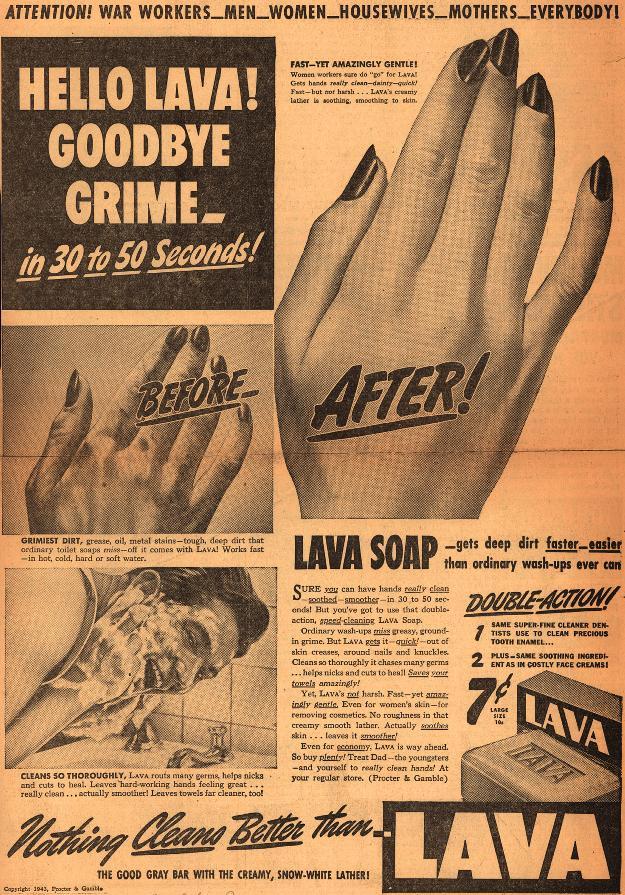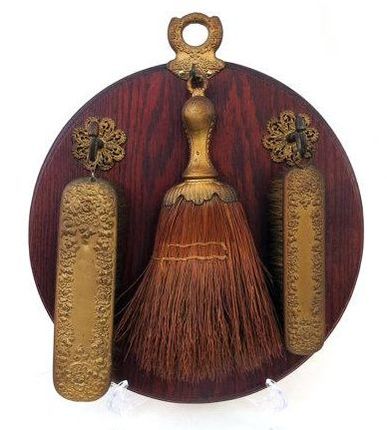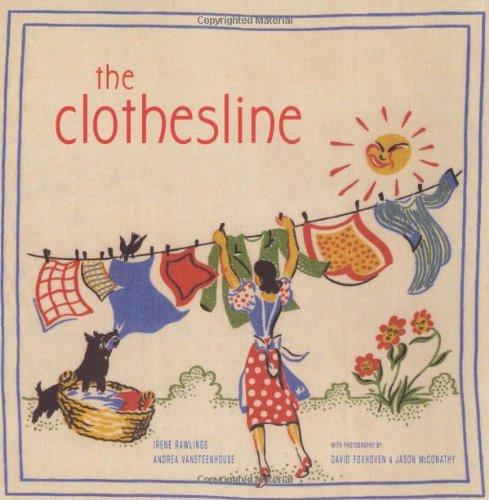Don’t miss out on the latest Spirits of Fashion news & events -- sign up now!
How should I clean this?
Do You Own Vintage Clothes?

Knowing how to properly clean a vintage or antique piece can be hard, especially since care labels weren’t legally required until 1971!
These few simple tips and tricks will be helpful when figuring out how to clean your garment.

The first, most important tip is to always handle with care! From the moment you find that special garment or textile, avoid doing any unintentional damage by touching it with dirty hands, stuffing it in your basket, dragging it on the floor, or crumpling it in your bag. As soon as you can, hang it up or lay it flat (especially if it has damage around the shoulders or if it’s very fragile.) ALWAYS handle with clean hands and work in a clean area; the grease and dirt on your hands can permanently stain some clothing.
To wash or not to wash? That is a question you should always ask yourself! Most vintage items can be machine washed on a gentle, cold cycle. But any item, vintage or antique, of value or of significance should be handled professionally.
These textiles are ones you should NEVER wash:
- Velvet
- Silk or cotton embroidery (dyes will run)
- Any type of leather
- Sequins or feathers
- Glazed cottons
- Printed silks
- Combinations of fabrics. Different fabrics have different shrink rates and if dyed, can often run
- Anything made before 1940; it’s just too delicate and not worth the risk.
- 1940s -60s Silks
- A garment with leather, feathers or sequin
- A hand painted garment
- Anything with a silk lining; the silk can disintegrate
- White cotton or linen, as they tend to come back discolored
- Garments with unusual cuts, bias, or shaping, since these often come back misshaped

Can’t wash it or dry clean it? Try brushing it!
Having an assortment of brushes can be very handy while cleaning.
A stiff bristle is great for suede and stronger, newer textiles.
A medium bristle for cottons, linens, woven textiles.
A soft bristle is great for smooth and delicate fabrics, like silk and rayons.
Using a lint roller after brushing the textile will help remove the dirt from the surface. Be careful if you are using it on a fragile or a woven piece, as it can easily pull at loose threads.
If smell is your problem, the sun a great, gentle way to rid a textile of odors and mold. It’s important to carefully hang your garment in a clean area that is cleared of any potential harm. It is recommended that you don’t leave the item out for more than an hour. If it does need more time, be sure to rotate it, so bleaching doesn’t occur.
If the sun can’t do it, a 50/50 mix of water and vodka in a spray bottle works great. Alcohol will kill mold and neutralize odors. You may need to spray a few times to get the smell out.

Freezing is a great way to keep sweater fibers from fuzzing, removing dust, killing pests, and neutralizing odors. It is best to fold or wrap the garment in acid free issue or muslin, to absorb any condensation. Then seal it in a plastic bag, removing as much air as possible, then duct tape it closed so there is zero chance of air coming in. It will take about a week to kill any pests and mold. After a week remove the bag from the freezer and allow it to slowly come to room temperature. Remove it from its wrapping and examine the garment, then brush or vacuum away any dirt or bugs.
There are so many more tips and tricks out there and it is best to educate yourself before taking any action on cleaning your garment or textile!
Good luck!